
- HOME
- Private Label Care J-Beauty Products
During recent years, Japanese beauty (J-beauty) has gained great popularity throughout the globe. Not only big brands by major companies but also smaller players from the country have been making their way into the shelves of stores in other countries.
However, this is not limited to Japanese companies exporting their products abroad. There are also countless companies all over the world that choose Japanese manufacturers for their unique private label brands which they mainly market in their local countries.
Being a private label cosmetic manufacturer based in Japan ourselves, we witness this demand on a daily basis as we receive many inquiries from various countries.
Some of these inquiries come from companies that prefer to work with a Japanese company based on their trust in the quality and efficacy of Japanese-made products.
However, as the industry is more competitive than ever, many of our clients seek for additional methods to differentiate their products from the competition.
As differentiation on product packaging level is very costly and often impractical in smaller quantities, it comes down to the formulation.
We believe building an authentic J-beauty concept via adapting Japan-origin ingredients is a proven and effective way to do this.
To be able to provide an answer to this demand, we gathered a selection of J-beauty ingredients that can be used in a wide range of products.
On this page, we will be introducing some of these ingredients under 3 categories based on expected efficacy.
We will provide more detailed information regarding the studies conducted to prove the efficacy of each ingredient upon request.
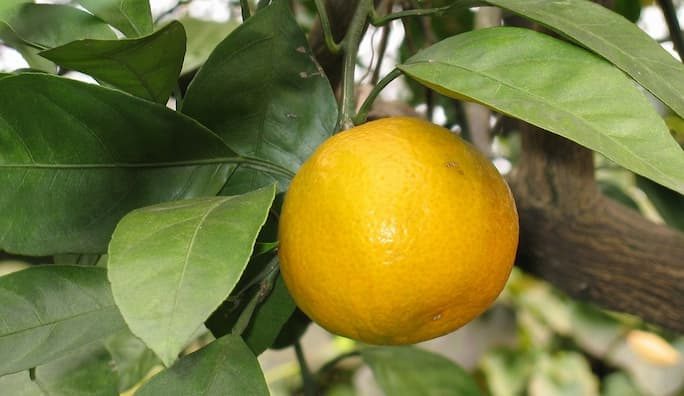
The dried peel of Satsuma Mandarin is traditionally used in baths because it contains hesperidin, which is known to warm the body and is listed in the “Japanese Pharmacopoeia” as a crude drug.
As a result of clinical tests, a significant cell proliferation promotion effect was confirmed in the skin.
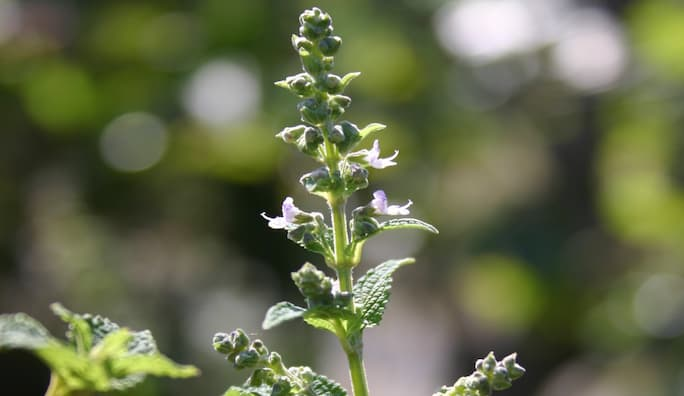
Isodonis Japonicus has no known history of use in Traditional Chinese Medicine, and its origin as a crude drug is limited to various parts of Japan, which makes it unique to the country.
As an anti-aging ingredient, it is expected to boost the production of Type I Collagen as well as promote epidermal keratinocyte proliferation. It is also a very versatile ingredient as it is also trusted as a whitening component, due to its effect of suppressing melanin production.
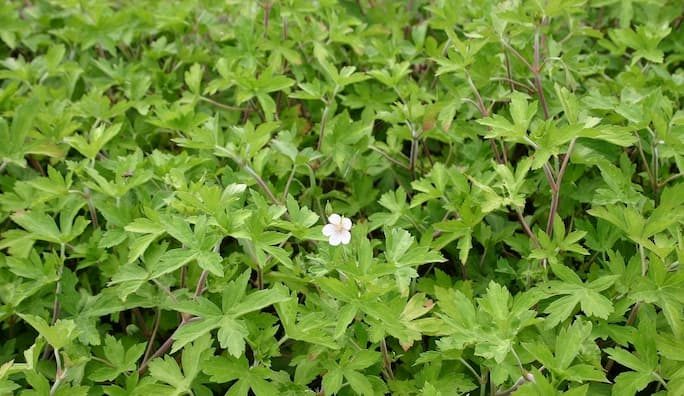
This plant is called “Gen no shouko” in Japanese, which roughly translates to English as “evidence that it actually works”.
As a matter of fact, in some regions, it is called “Ishairazu” which means “no need for a doctor”. It has been a respected crude drug in Japan for hundreds of years.
As an anti-aging ingredient, its main effect is the promotion of IGF-1 mRNA expression which can be expected to prevent skin aging by enhancing the function of cells.
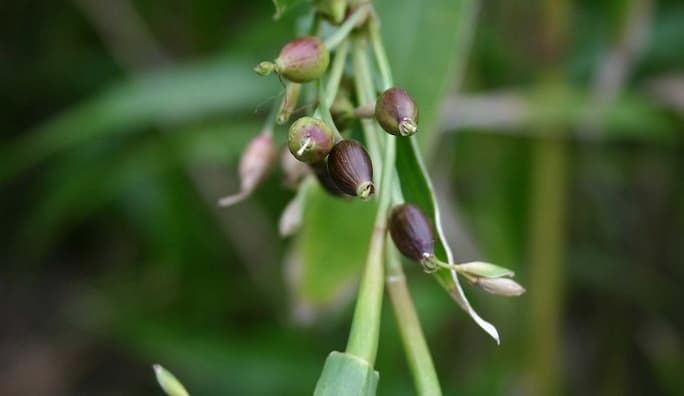
Coix seeds are known to have a particularly high nutritional value among cereals and are used in teas, etc for the purpose of promoting health.
It is expected to improve the moisturizing and barrier function of the skin through the promotion of ceramide and epidermal hyaluronic acid production.
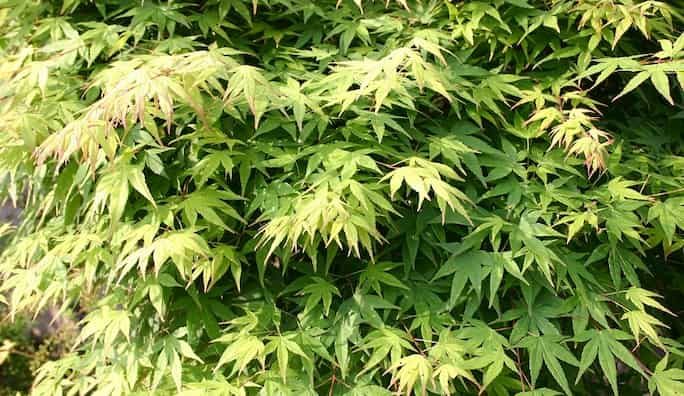
Commonly known as Japanese maple, is one of the plants representing the beauty of Japanese seasons, along with Japanese cherry, plum, and peach flowers as countless historical masterpieces featuring the tree have been created from literature to paintings.
In addition to its moisturizing properties, Japanese maple was observed to inhibit red spots, which become more noticeable in winter.
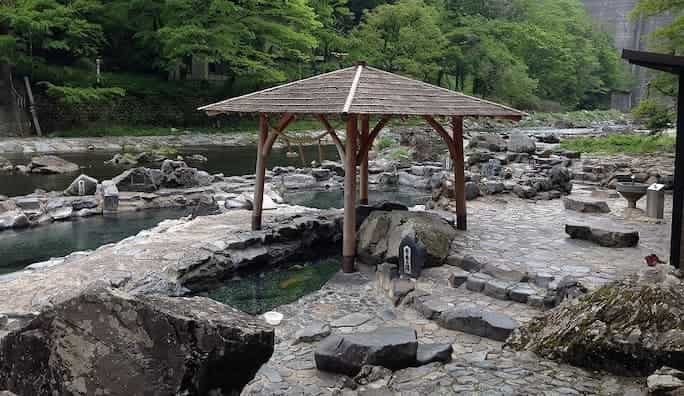
Yubara Onsen (hot spring) village, surrounded by deep forests and beautiful lakes, is located at the northern part of Okayama Prefecture.
As hot springs are one of the symbolic images of Japan with many people believing their health benefits, it is a fairly common concept that their water is used in cosmetic products.
In the light of clinical tests, it was found that the water of Yubara Onen had a clearly distinguishable skin moisturizing effect, with the water holding capacity of the skin increasing up to 173%.
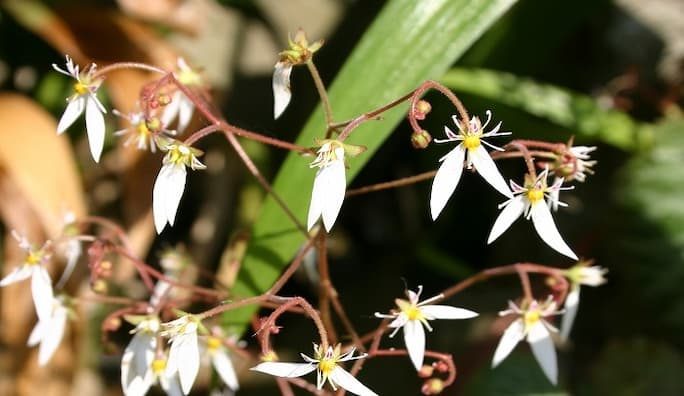
“Yukinoshita” has a history of being used as a crude drug in Asia for a long time as it is said to have antipyretic, anti-inflammatory, and detoxifying effects.
Studies revealed that it can be expected to have the effect of preventing pigmentation and skin brightness reduction caused by melanin.
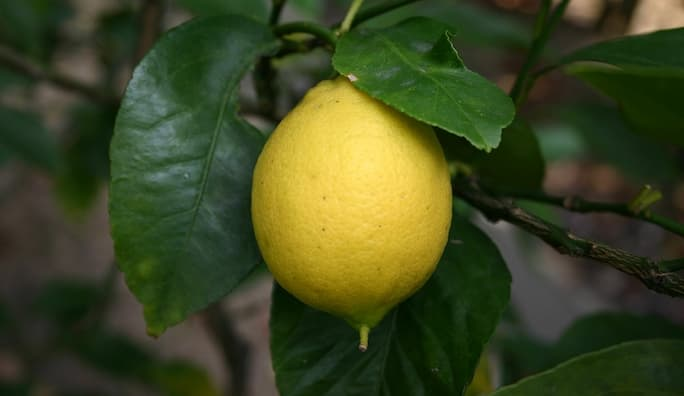
Thanks to the ideal cultivation conditions for citrus at Ikuchijima Island such as the landscape, the calm Seto Inland Sea climate, and mild sunshine, it became the birthplace of commercial cultivation of lemons in Japan in the Meiji era (late 19th century).
In the light of clinical tests, it was found that the raw material had an inhibiting effect on melanin production in the skin, which leads to maintaining a lighter skin tone.
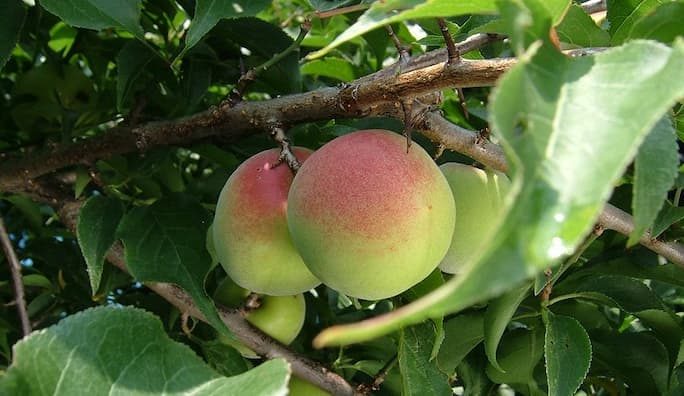
The plum used in this raw ingredient is called Nankou-ume, a premium brand of Japanese plum, and is characterized by its beautiful white flowers and soft fruit. This high quality ume is a sort-after gift item due to its high reputation and popularity. The Nankou-ume fruit used in our product is harvested in Wakayama Prefecture, the No.1 ume fruit production site in Japan.
Clinical studies brought to light that the material improved skin tone and condition, boosting elasticity.
Want to know more? Feel free to ask us anything via the inquiry button below.
Inquiry